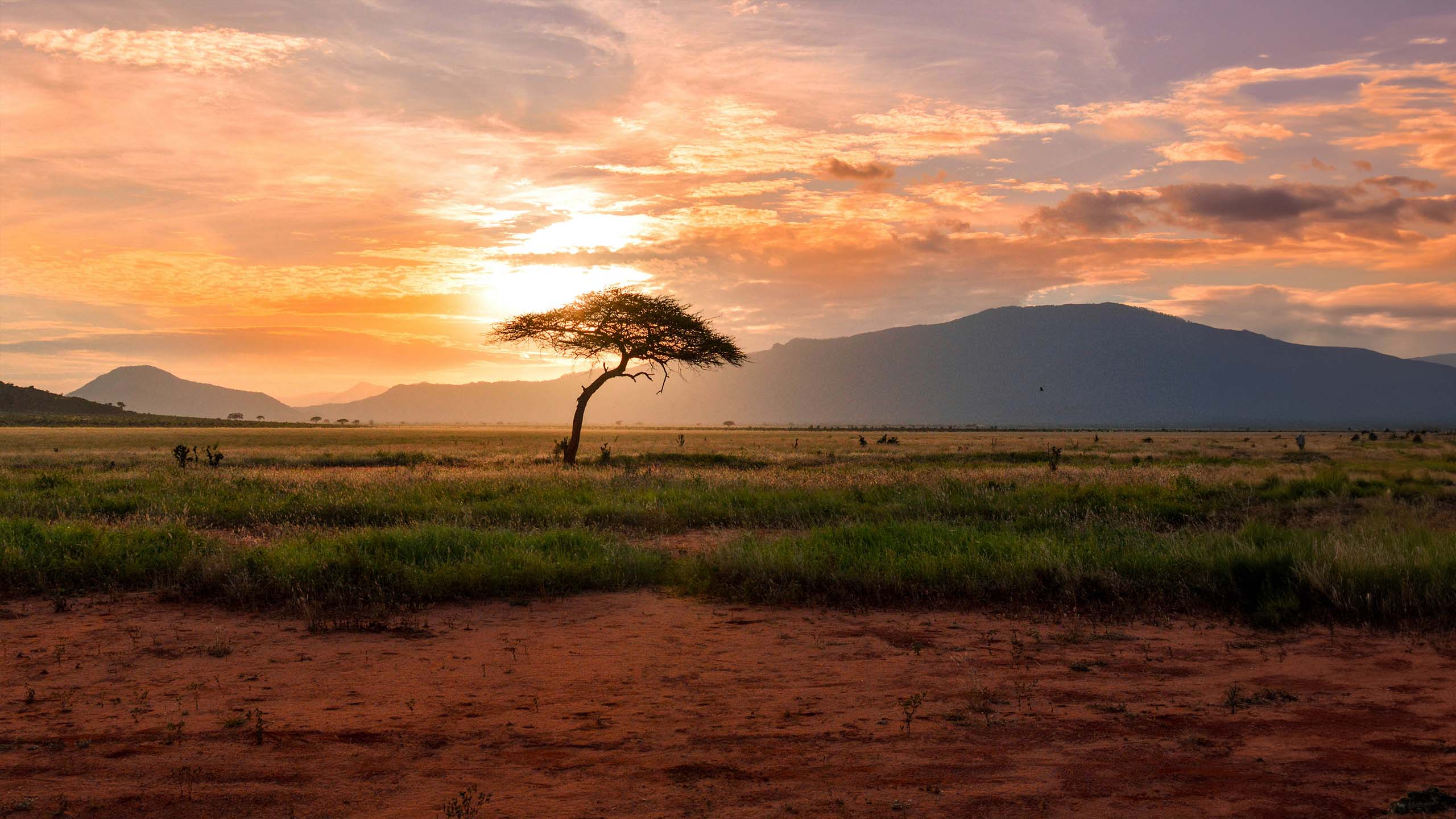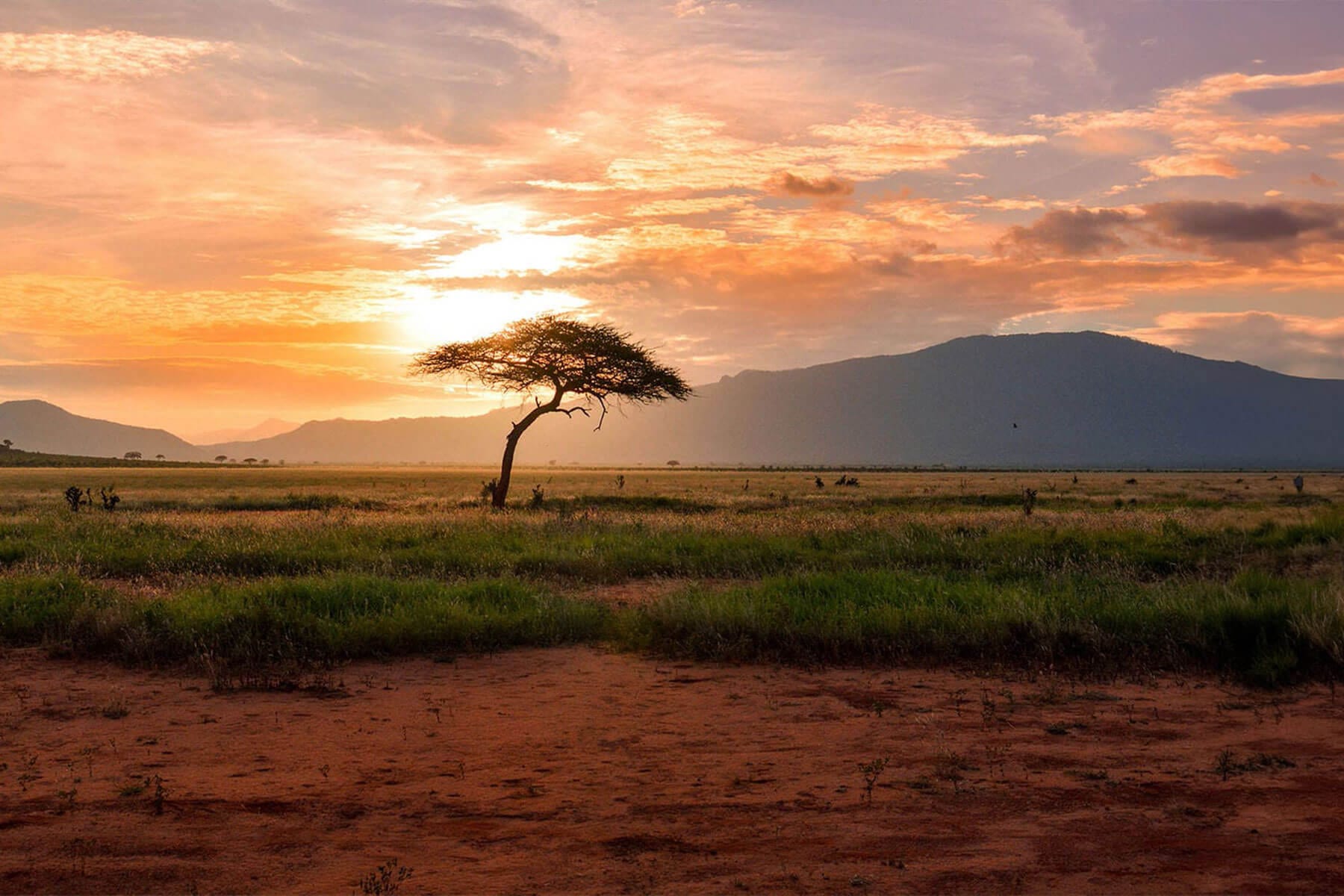Reforestation In
Kenya
From lowland and mountain forests to forested and open grasslands, semi-arid scrubland, dry woodlands, and varied aquatic and marine ecosystems, Kenya is globally recognized for its rich biodiversity and dramatic landscapes. Home to around 25,000 species of animal, 7,000 species of plants, and at least 2,000 fungi and bacteria, it’s one of 10 mega-biodiverse nations in the world. Some of Kenya's iconic wildlife are the African elephant, black rhino, leopard, buffalo and African lion.
Kenya’s biodiversity is threatened by climate change, high population pressure, human-wildlife conflicts, illegal poaching and bushmeat, pollution, unsustainable agriculture, and unregulated logging. With uncontrolled burning and livestock grazing, forest loss threatens ecosystems that are already fragmented. By planting trees across Kenya, forest ecosystems are restored and sustainable agroforestry is encouraged, improving the livelihoods of communities across the country.

Kenya Stats
14%
of tree loss
14% of Kenya’s tree loss from 2002 to 2023 were humid primary forests.
Kenya, Global Forest Watch
35,000
species
Kenya is home to over 35,000 species of flora and fauna.
Biodiversity/Kenya, Interactive Country Fiches
467
lake & wetlands
467 inland lake and wetland habitats cover about 2.5% of the country’s total area.
Biodiversity/Kenya, Interactive Country Fiches
42%
of kenya's gdp
About 42% of Kenya’s GDP is derived from natural resources.
Biodiversity/Kenya, Interactive Country Fiches
75%
Habitat Loss
At least 75% of California’s original habitat has already been lost.
60%
Of Water
60% of potable water in California is sourced from forested watersheds.
Project Highlights
Reforestation in Kenya can help regenerate forests, providing rich habitat for wildlife to thrive. Learn about three recent reforestation projects that planted trees in Kenya!

Reforestation and Landscape Restoration at Mau Forest
The Mau Forest, East Africa’s largest indigenous montane forest, is vital for regulating Kenya’s water resources, but has faced severe degradation due to deforestation, illegal logging, and human encroachment. To reverse this damage, large-scale reforestation and landscape restoration efforts are underway, aiming to restore degraded areas, enhance biodiversity, combat climate change, and improve water security. These efforts include tree planting campaigns, community engagement, and policy advocacy, with the involvement of local communities and various stakeholders.
Agroforestry and Community Development in Kitui
This project embraces agroforestry as a restoration method that integrates crops and trees to revitalize land and agriculture. Throughout this project, community groups will be mobilized to make an impact while empowering individual members with curated training. One of the key environmental focuses is soil stabilization to ensure agriculture processes are protected.


Empowering Young Environmental stewards
Half of Kenya’s population is under the age of 18, and has little or no connection with nature; engaging them in environmental protection and conservation is critical. Schools provide an excellent opportunity for this, as many are interested in planting trees on their grounds. But our projects go beyond that to engage the children themselves with environmental education, participation in planting and care, establishing mini forests as an educational resource, and more.


